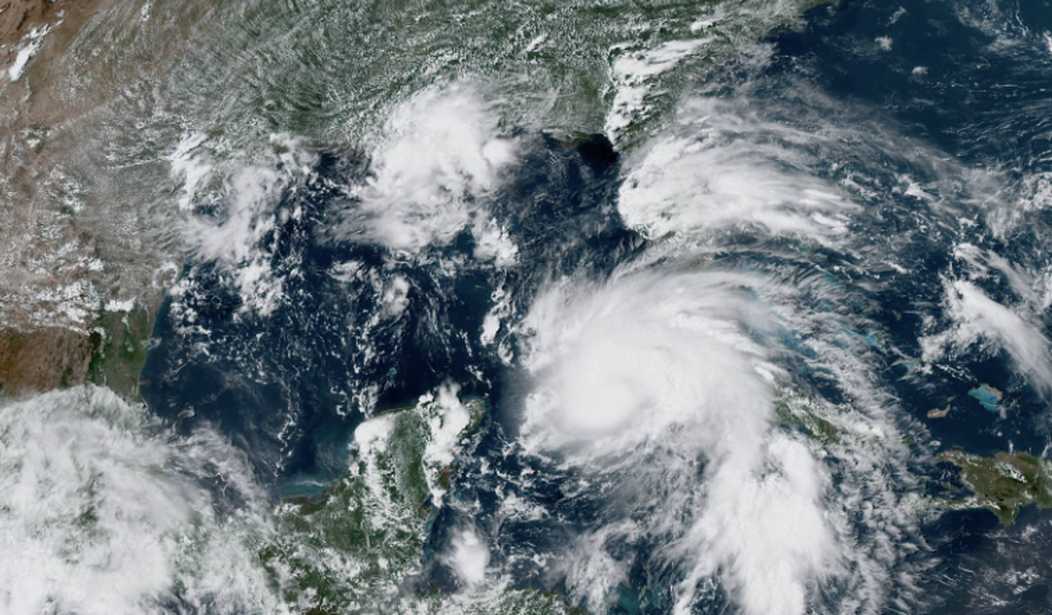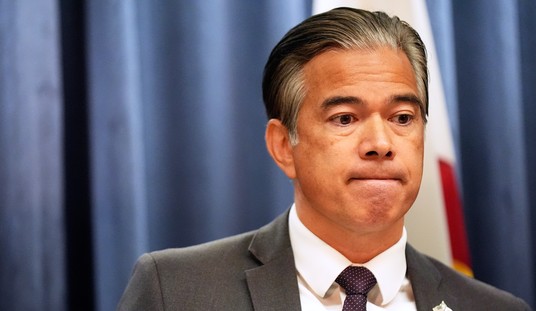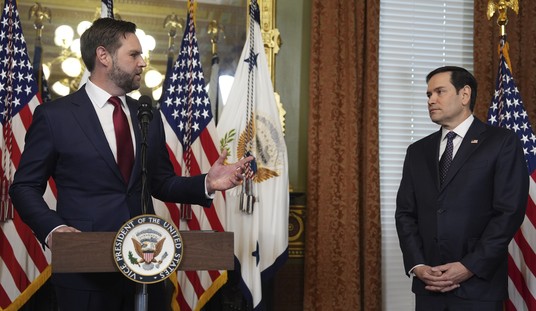It’s been a week since Hurricane Ida came ashore in Louisiana and while every life lost is a tragedy, it’s generally agreed that the city of New Orleans was far better prepared in many ways than they were when Katrina hit. Far, far fewer lives were lost and all of the levis and pumping stations held, though quite a few were temporarily topped. There was one area, unfortunately, where the city’s infrastructure failed them yet again. The power grid collapsed shortly after the eye of the storm approached and there are still many areas without power today. This situation is attracting further criticism of electric and gas energy distributor Entergy. They are being blamed by some critics for not distributing more renewable energy sources around the city, instead, relying on traditional generation methods. But there’s a lot more to this story than meets the eye. (Associated Press)
Power out, high voltage lines on the ground, possibly weeks until electricity is restored in some places: The dismal state of power in Hurricane Ida’s wake is a distressingly familiar scenario for Entergy Corp., Louisiana’s largest electrical utility.
The power company has grappled with other widespread outages after Hurricanes Katrina, Rita, Gustave and Ike — not to mention Laura, Delta and Zeta — over the past decade and a half. Other Louisiana and Gulf Coast utilities have faced similar disasters, sometimes needing to rebuild entire networks. If anything, power restoration has gotten faster in recent decades.
Still, critics question the enormity of the outage from Hurricane Ida and why it is still so widespread nearly a week after the storm slammed into the state with 150 mph (241 kph) winds.
A number of the headlines I’m seeing in terms of how Entergy Corp. dropped the ball are misleading at a minimum. Much attention is being paid to articles describing how they made the decision to build a new natural gas-fired power plant outside of the city last year. It was intended to restore power more quickly in the wake of a storm. But complaints arose when the new gas plant “took days to bring power to the nearest neighborhood.” Other areas are still in the dark.
All of that may be true, but here are a couple of things we need to understand about the New Orleans power grid and others like it around the country. First of all, natural gas provides 70% of the electricity generated in Louisana, with the state’s two nuclear plants kicking in another 17%. Renewables account for roughly 4%. The new gas plant never failed during Ida. Nor did the two nuclear plants. All of them were humming along and ready to produce electricity through the entirety of one of the worst storms seen in a generation.
What failed in New Orleans was the grid. Many people don’t really seem to grasp how electricity arrives at the outlets in their homes. There are many steps between the initial extraction of natural gas or nuclear fuel, wind turbines, and solar panels to the point where you can turn on your lamp. And even after you begin producing usable electricity and putting it onto the powerlines, it has to actually make the trip to where it’s needed. There are eight main transmission lines coming into the Big Easy from the power generation facilities located around the region. All eight of them came down when Ida’s 150+ mile per hour winds struck. The system wasn’t suffering from a failure of the ability to generate power. They had plenty. But there were no lines available to bring it in.
Even if New Orleans had forests of wind turbines and acres of solar panels, not much would have changed. Wind turbines have maximum wind speeds under which they can operate and those solar panels don’t produce much in the dark of night or when the sky is completely blanketed in swirling storm clouds. And New Orleans is hardly the only American location facing the vulnerabilities we’re discussing today. If you want to be able to recover power more rapidly after a monster storm, a wildfire or any other natural disaster, you need a smarter grid. Smarter, more durable transmission lines, including some that run underground, are needed. The technology is out there, but it’s expensive and utility companies are often not inclined to make that sort of investment without government help.
Instead, we see environmentalists advocating for the elimination of traditional, reliable power generation technology. Many are calling for the closure of nuclear plants (which produce absolutely zero carbon emissions), one of the two sources of energy that didn’t fail during the hurricane. Illinois was recently on the brink of allowing its nuclear plants to be shuttered, though the state senate recently passed a bill that might save them. All of these responses to failures in the energy grid miss the point entirely.
The bottom line here is that we don’t need to be hitting the panic button and claiming that New Orleans would have been fine with some additional renewable energy sources. They need a smarter and more resilient grid. That’s the conversation that should be taking place once the storm damage is cleaned up and all of the lights are back on.







Join the conversation as a VIP Member